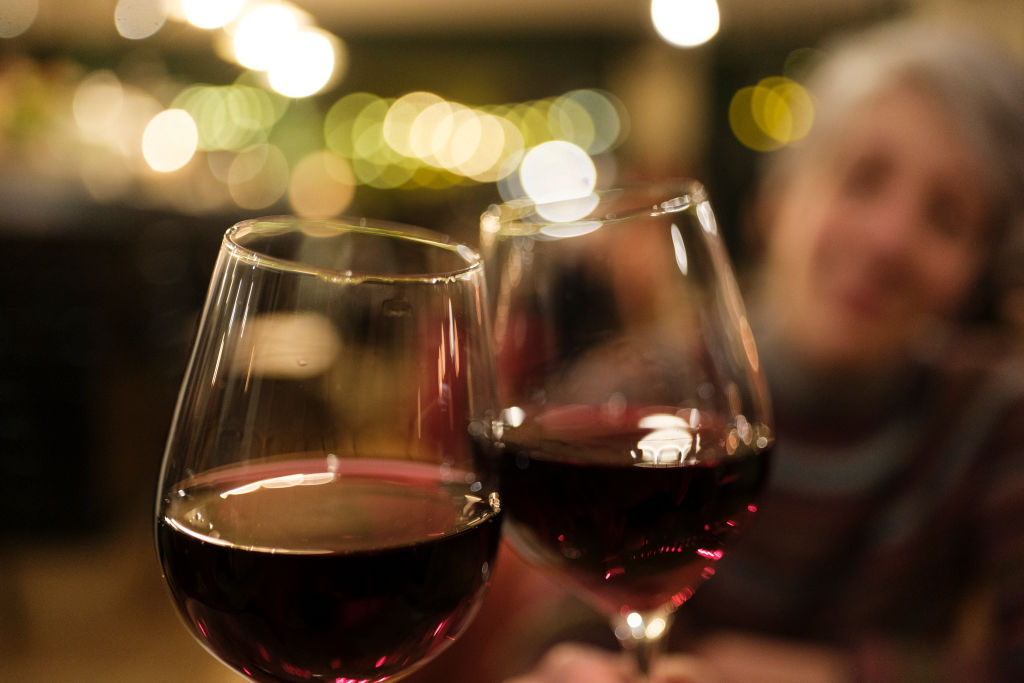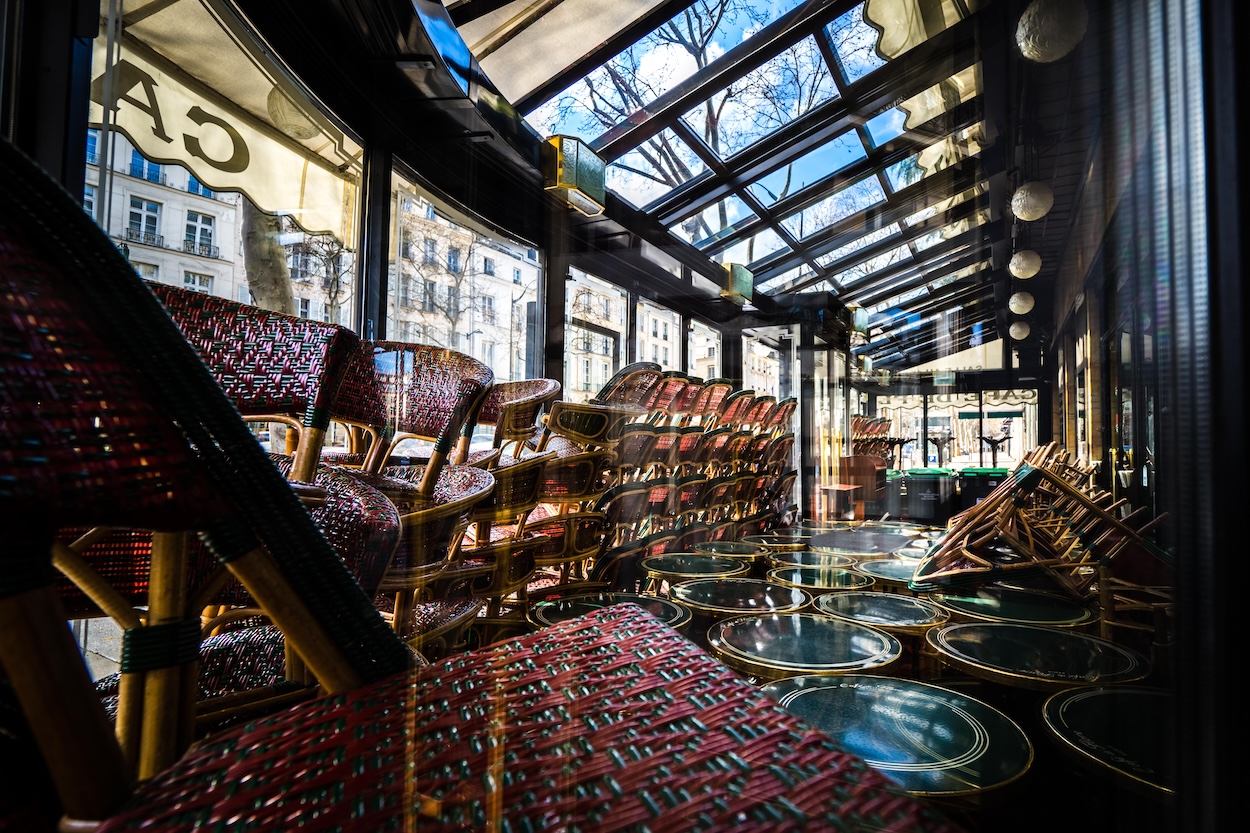It’s been a while since we have traveled to Beaujolais, that ancient wine growing region along the Saône River north of Lyon. Since summer is nigh, it’s time for another visit.
Beaujolais is an ideal summer red wine. It is almost always made exclusively from the Gamay grape, a cross between Pinot Noir and an ancient white varietal called Gouais. It is light, flowery, full of pleasing acidity and fruitiness, satisfying by itself and notably food friendly.
Of course, anyone who writes about Beaujolais these days has to begin by issuing a little advisory, like the Surgeon General’s warning on packs of cigarettes and certain medications.
A few decades back, Beaujolais was plagued by scandal. Some famous vintners were discovered to be adulterating their wine with cheap Algerian grapes. Others were found to be larding their wines with too much sugar, not to make them sweeter but to goose the process of fermentation.
Then there was the Beaujolais Nouveau craze of the 1980s and 1990s, when the market was flooded with undistinguished fruit-pop wine whose chief virtue was that in aggregate it made the wine merchants’ cash registers go “Ka-ching!”
Such wine still exists, but over the past couple of decades something much more serious has appeared in Beaujolais, especially in the ten “cru” areas congregated in the north of the region. Traveling from top to bottom, these crus are Saint-Amour, Juliénas, Chénas, Moulin-à-Vent, Fleurie, Chiroubles, Morgon, Régnié, Brouilly and Côte de Brouilly.
The last time I touched on this area, as I recall, we concentrated on wines from Morgon and Juliénas, the crus that produce perhaps the most complex of the Beaujolais. (Juliénas, by the way, is said to be named for Julius Caesar, whose men first planted grapes in the region when he was subduing Gaul for Rome, and his own enrichment, in the 50s bc.)
This time, why don’t we visit Brouilly, the southernmost and largest of the ten crus. Congregated around Mont Brouilly, it was the first area the Romans planted. Today, it is the only region in Beaujolais that permits grapes other than Gamay to be grown – but even so, most of the wine is still 100 percent Gamay.
One of the most famous vineyards in Brouilly is Château de Pierreux, named for the stony soil it sits upon. It makes rich, floral, complex wines that, at about $30, are often a bargain.
I recently had a 2021 Brouilly called “Pierreux” from an adjacent property, made by Jean-Paul Dubost, a fourth-generation vintner with properties in Lantignié (which borders Régnié and Morgon), Brouilly, Moulin-à-Vent and Morgon. It cost me just under $30 and possessed a sumptuous clarity, finesse and a complex mouthfeel.
In the literature about Brouilly, you will often find blueberries, cherries, raspberries and currants identified in the nose and palate.
The friend who introduced me to the Dubost wine mentioned plums – specifically those plums evoked by William Carlos Williams in his slight but famous 1934 ditty “This Is Just to Say”:
I have eaten the plums that were in the icebox and which you were probably saving for breakfast Forgive me they were delicious so sweet and so cold
If you taste the wine, you will wonder, as I did, whether Williams was himself an aficionado of Brouilly.
He probably wasn’t, but wine and mystique go together like mortar and pestle. I said that Château de Pierreux was one of the most famous vineyards in Brouilly. It shares that distinction with Pisse Vieille. Yes, the name means what you think it does: “Piss, old woman!”
Why? Legend has it that a pious old woman went to confession but, while she was there, misheard the priest. Granting absolution, he said “Allez! Et ne péchez plus.” (“Go! And sin no more.”) But she, poor thing, heard, “Allez! Et ne pissez plus.” (“Go! And piss no more.”)
The aftermath was painful and the old lady was only relieved of her ordeal when her worried husband went to see the priest for an explanation. Back home, he shouted to her from the bottom of the hill: “Pisse vieille, pisse vieille, the priest says so!”
People say that vintners tend to be earthy people. Fortunately, their wines not only survive but transcend the earthiness.
This article was originally published in The Spectator’s June 2025 World edition.


























Leave a Reply